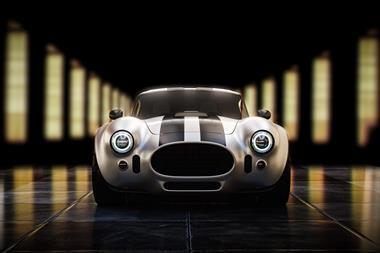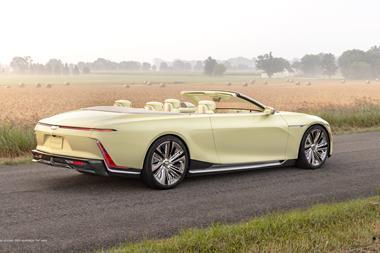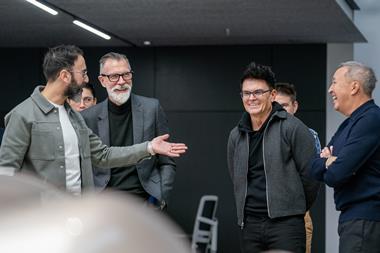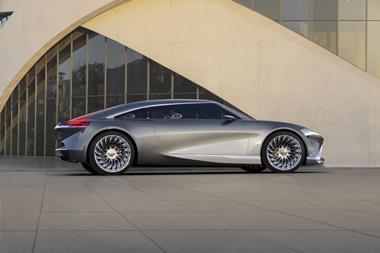Transportation Design students at Art Center College of Design in Pasadena have recently displayed their work in the school's summer graduation show, held in August. The exhibition included work from the graduating Senior students, an Acura sponsored project by 7th term students, as well as work from 6th and 5th term students.
There were 11 graduating students in the Bachelor of Science - Transportation Design program. This group showed a strong sense of unity, while being culturally very diversified: Out of 11 students, 7 countries were represented including the US, Korea, Taiwan, Vietnam, Japan, Sweden and Morocco.
This graduation show was unanimously regarded as successful from a visual presentation point of view, and because of the variety and the novelty of the concepts presented. Among others were a dramatic luxury sports coupe for Bugatti, an Urban Experience Vehicle for the city of San Francisco, a Scandinavian Sport Utility Vehicle for Saab, a new generation VW Corrado, the next Alfa Romeo GTV, a performance Utility Vehicle for Volvo, a Mercedes-Benz for the city of Tokyo, a Nike-VW sports car , and a Jeep Off-Roader.
Although most of the projects were developed using the traditional methodology, which means taking 2D sketches and drawings to an orthographic 1/5 or 1/4 scale tape drawing, from which a clay model is generated, painted and detailed, the digital process seems to gain more and more appreciation.
In several cases, sketches and concept drawings were generated with the help of computer-based applications such as StudioPaint and Photoshop. The tape drawing is executed with the help of Adobe Illustrator and the 3D digital model built and rendered using Alias/Wavefront Autostudio software.
More and more models are also physically generated from 3D data using the school's rapid prototyping facility, which allows the students to have their models milled out using the 5-Axis CNC mill. This offers an interesting and promising alternative to traditional model making, which is why this methodology is being strongly implemented in the school's curriculum.
Art Center's transportation design curriculum is generally based on 14 week sponsored projects, while the senior project is organized as an independent project where graduating students can choose the project they wish to work on, but are encouraged to seek mentorship from within the industry.
Founded in 1930, Art Center College of Design is regarded as one of the world's leading schools for Transportation Design. It is estimated that more than half of the worlds car designers are Art Center graduates.
The chief designers at BMW, Ford, Chrysler, General Motors, Honda, Mitsubishi and Mazda are all Art Center graduates.
In the first four semesters of the Art Center Transportation Design program fundamental skills are developed, including concept sketching and three dimensional rendering. Principles of ergonomics, aerodynamics, research into new energy sources, and computer applications to the design process are explored.
In later semesters students simulate professional activity by completing projects sponsored by North American, European, and Asian car makers. Students collaborate with designers from these companies, who guide and critique their work.
Art Center offers degree courses in Advertising, Film, Fine Art, Graphic Design, New Media, Illustration, Transportation Design, Product Design, Environmental Design and Photography. A Graduate program in Transportation Design is also offered.
The Art Center faculty is mostly made up of practicing professional designers, to ensure that they are up to date with the real world of automotive design.
Ken Okuyama, a 1986 graduate of the school was appointed as the new Chair, Transportation Design in January 2001. Ken is a highly respected design leader, having worked for General Motors, Porsche, and most recently Pininfarina, where he designed the 'Rossa' concept.
Art Center College of Design website: www.artcenter.edu
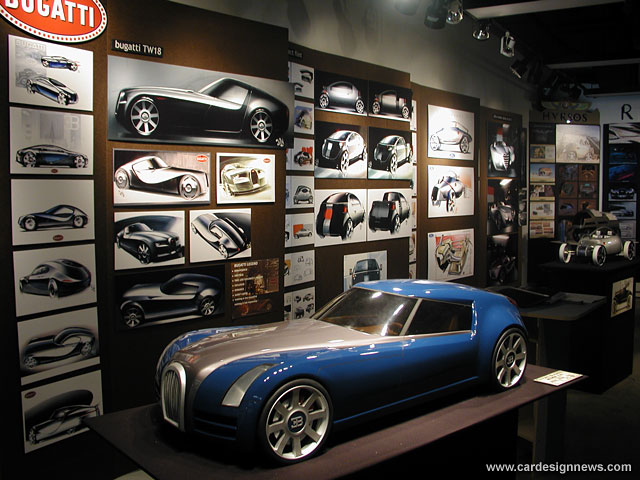
Bugatti by Jin won Kim
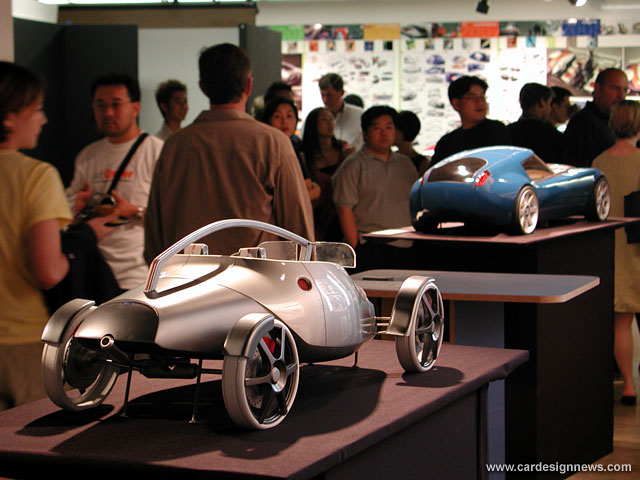
Ford T by Jin won Kim
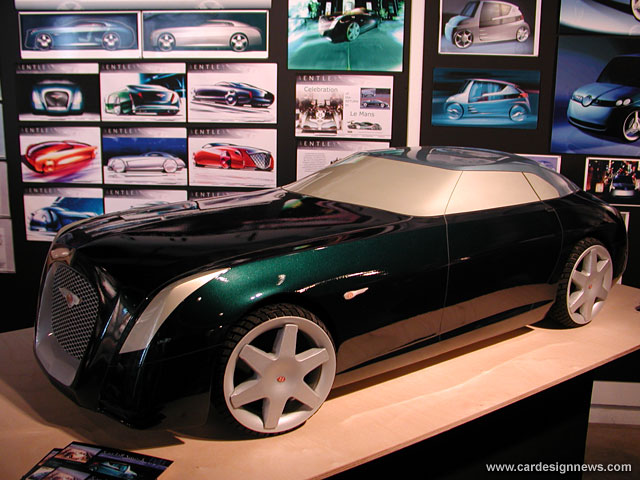
Bentley by Randall Smock
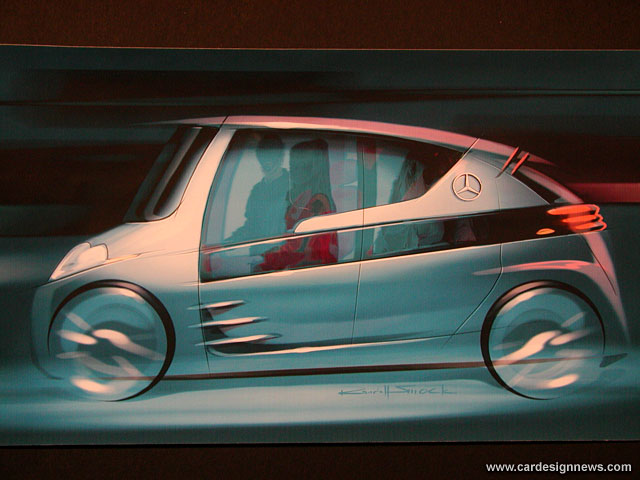
Mercedes concept sketch by Randall Smock
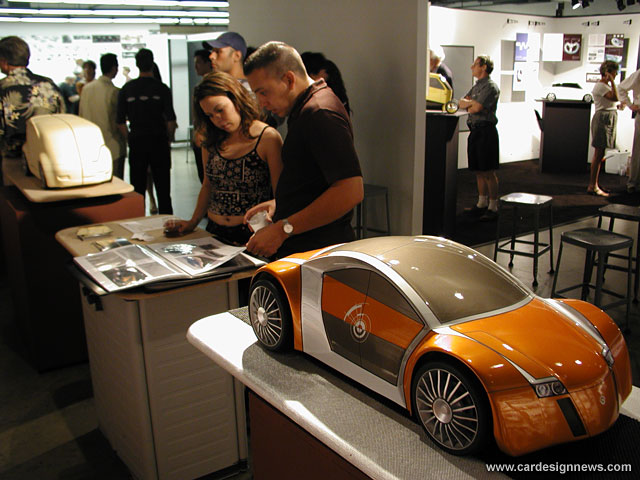
Coupe concept by Safir Bellali
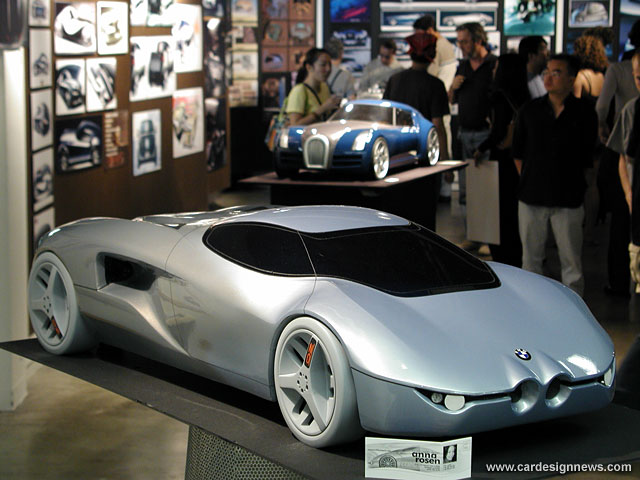
BMW by Anna Rosen
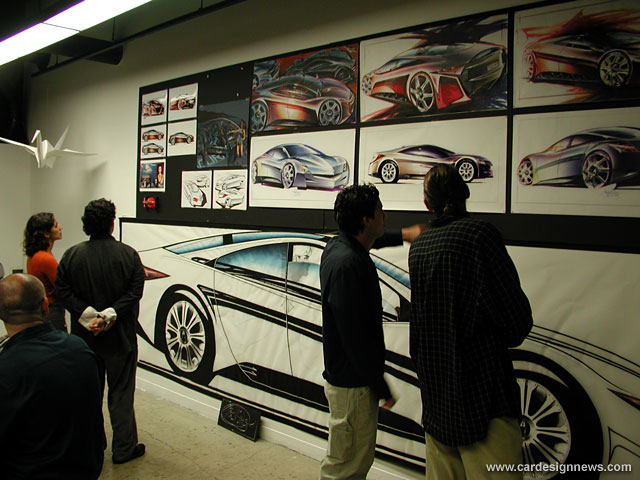
Acura sponsored project. Concept sketches and full size tape drawing by Rob King
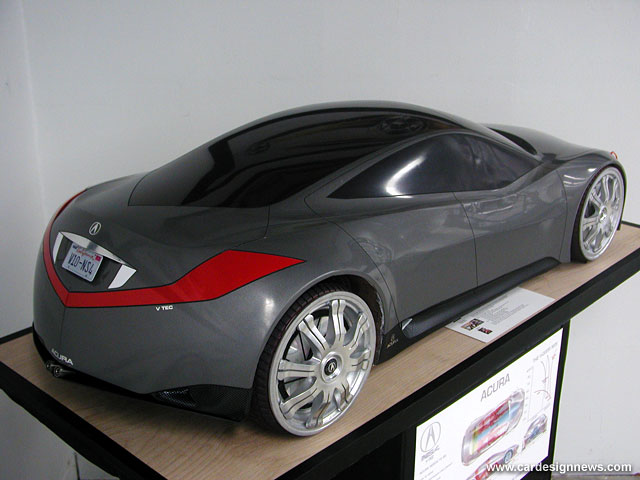
4dr Acura NSX by 7th semester student Rob King
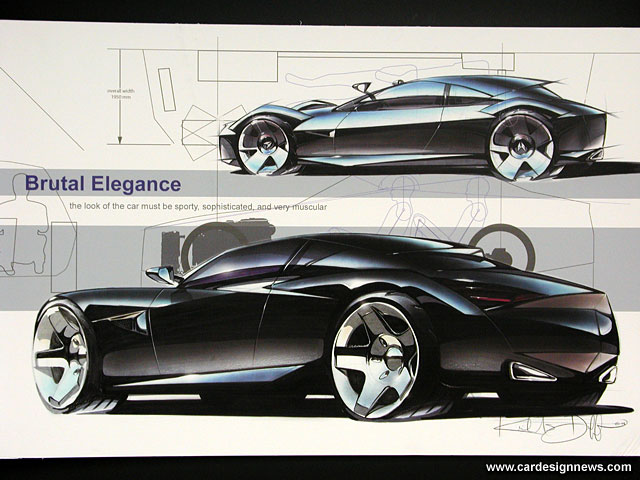
Acura V10 concept by 7th semester student Richard Duff

Isuzu SUV sketch by 5th semester student Rimon Ghborial
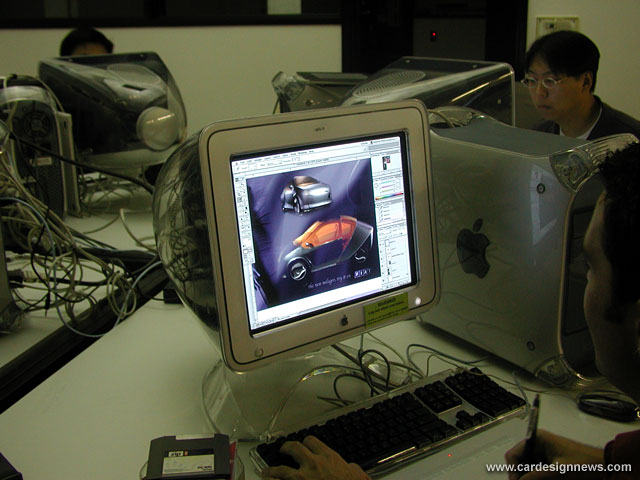
Digital sketching in one of the school's Computer Labs










